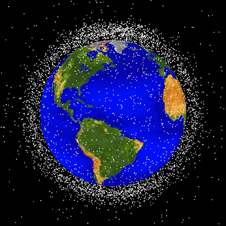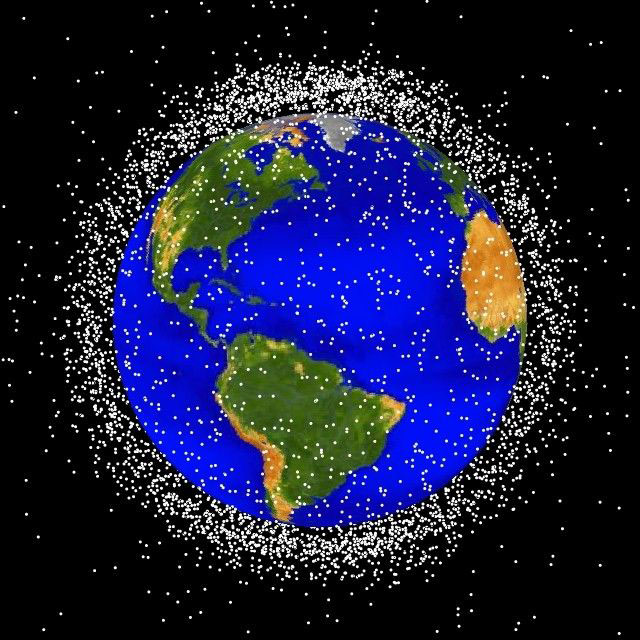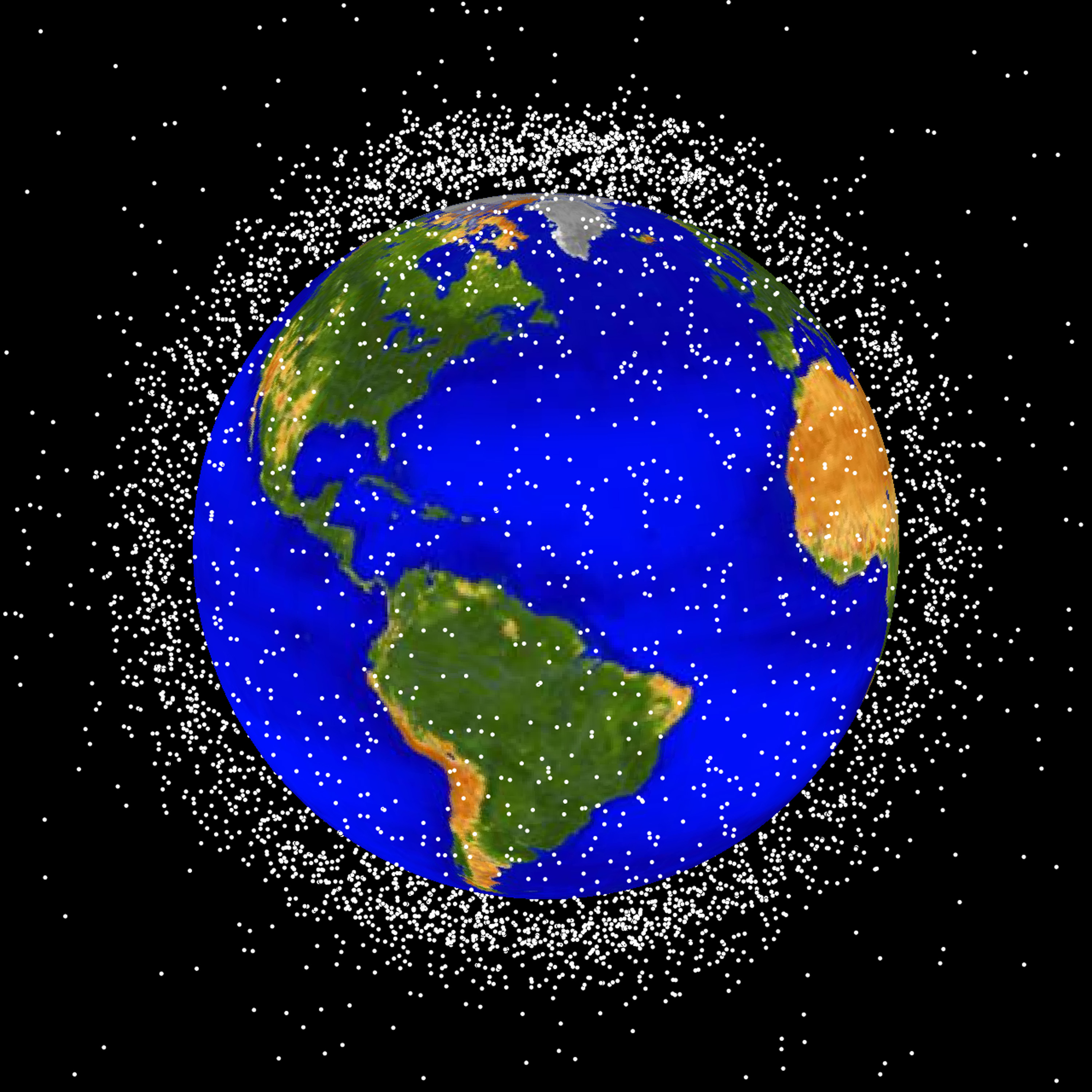September 30, 2010 Vol. 3, Issue 9
A new Academy course explores the challenges of designing spacecraft with debris in mind.
New national and global requirements have led to a “pack it in, pack it out” orbital debris framework for space missions.
Like the incremental introduction of car safety features such as airbags and seatbelts, orbital debris mitigation practices are gaining momentum globally. “Orbital Debris Mitigation and Reentry Risk Management,” a new course offered by the Academy, introduces space practitioners to today’s orbital debris environment and their role in mitigating it.

Low Earth orbit spans the region of space 2,000km above the Earth’s surface. It is the most concentrated area for orbital debris. Credit: NASA
With the exception of the moon, there are no other natural satellites in Earth orbit. The 20,000+ softball-sized or larger objects orbiting the Earth are all manmade. The numbers grow by four orders of magnitude if you account for smaller objects the size of a dot. Of the 4,700 space missions flown since the start of the Space Age, 10 missions account for one-third of all catalogued objects in Earth orbit.
“We recognized the potential for orbital debris issues long before they manifested themselves into adverse effects on our space program,” said Nick Johnson, NASA chief scientist for orbital debris and instructor for the course. Now space agencies around the world are working to prevent it from getting worse. Reliance on debris falling back to Earth and burning up in the atmosphere is no longer a sustainable practice—and policymakers are aware of this.
Orbital debris mitigation is a key issue in the 2010 National Space Policy released this past June. The policy states that in order to preserve the space environment, the United States shall “require the head of the sponsoring department or agency to approve exceptions to the United States Government Orbital Debris Mitigation Standard Practices and notify the Secretary of State.” This means that if a mission cannot comply with the requirements, the NASA Administrator must provide an explanation to the Secretary of State.
After accidents like the 2009 collision of the Cosmos 2251 and Iridium 33 spacecraft, which released over 1,267 known particles of debris, it is clear why these measures are in place. Without mitigation and reentry risk management, the creation of new debris by accidental collisions will occur at a rate faster than it can fall out of the atmosphere. “What we can’t have,” said Johnson, “are people designing new spacecraft and not putting in the new requirements.”
Compliance with debris mitigation requirements is not optional. “Just because you don’t want to isn’t a good enough reason,” said Johnson. “The world has changed.” Johnson’s class is designed to define the world of fruitful space exploration in the context of mitigating orbital debris. The challenge the course poses to engineers is to find ways to implement these changes into their spacecraft and mission design. “It’s so you can continue to explore space well beyond the end of your professions,” said Johnson. “We want to do it for future generations and we have to do things differently.”
The pilot ODM course was held on August 10 and 11 at Goddard Space Flight Center. Participants came from Goddard, Langley Research Center, Glenn Research Center, Marshall Space Flight Center, and the Jet Propulsion Laboratory.
The ODM course will be offered next at Johnson Space Center, November 9 and 10. To learn more or sign up for the course, please visit the SATERN portal.
Read more or sign up (NASA personnel only) for the course on the SATERN portal.








